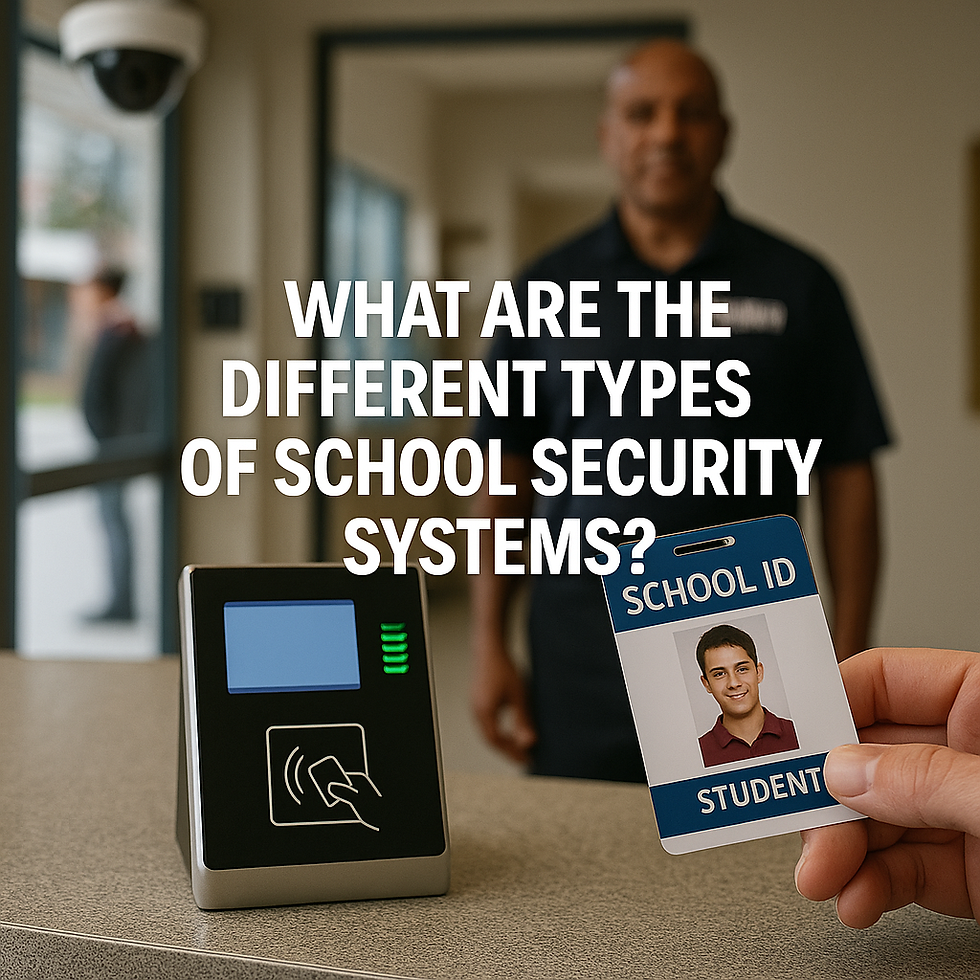What are the Challenges and Limitations of School Security?
- CrisisWire

- Sep 27
- 2 min read
School security is no longer a distant concern—it’s a daily reality. From active shooter incidents to bullying, cyber threats, and hazing, schools face risks that go far beyond locked doors and hall monitors. Yet, even with billions spent on technology, many institutions remain vulnerable. Why? Because real security is not about gadgets—it’s about systems, people, and leadership.
Key Challenges Schools Face
1. Funding Gaps and Unequal Resources
Wealthier districts may have advanced access control systems, armed officers, and full-time threat assessment teams. Meanwhile, underfunded schools struggle to afford even basic surveillance or visitor management. This creates a dangerous imbalance in student safety.
2. Outdated Technology
Many schools still rely on outdated CCTV, analog locks, or unmonitored alarm systems. These tools create a false sense of security while leaving critical blind spots.
3. Policy vs. Practice
Even when schools adopt strong security policies, enforcement often lags. Doors are propped open, visitor logs go unchecked, and drills are skipped. The gap between policy and practice is one of the largest risks schools face.
4. Leadership Hesitation
Superintendents, principals, and boards often hesitate to invest in security until after a tragedy. This reactive approach leads to missed opportunities for prevention.
5. Complex Legal Frameworks
FERPA, Clery Act, and state-specific mandates can create confusion for administrators. Without clear guidance, compliance becomes inconsistent, and accountability suffers.
6. The Human Factor
Technology cannot replace vigilance. Students, staff, and faculty must be trained to recognize warning signs, report suspicious behavior, and follow protocols. Without human enforcement, even the best systems fail.

Solutions: From Limitation to Action
Adopt Threat Assessment Teams (TATs): Multidisciplinary groups trained to identify and intervene before violence occurs.
Invest in Layered Access Control: Secure perimeters, monitored entries, role-based access inside.
Regular Drills & Audits: Move beyond “check the box” exercises to meaningful, scenario-based practice.
Educate Leaders & Staff: Train administrators in FEMA and DHS-aligned emergency planning.
Close the Funding Gap: Advocate for federal and state grants to bring equality in safety resources.
Further Reading & Tools
For deeper frameworks and ready-to-use tools, explore my published works:
📩 For tailored threat assessment, emergency preparedness, and security consulting, contact us at crisiswire@proton.me.





Comments